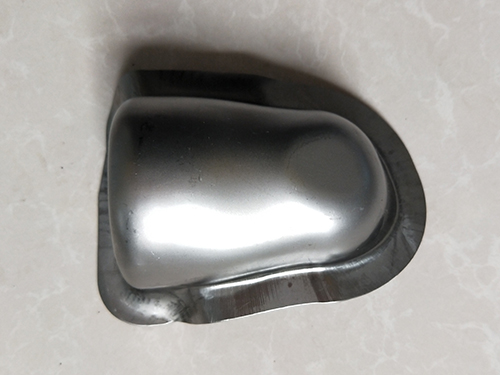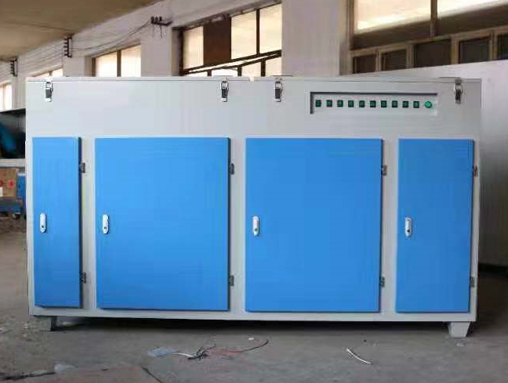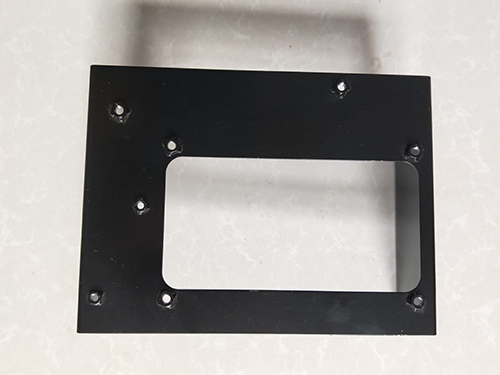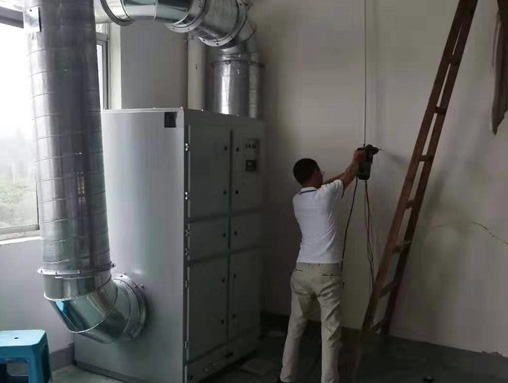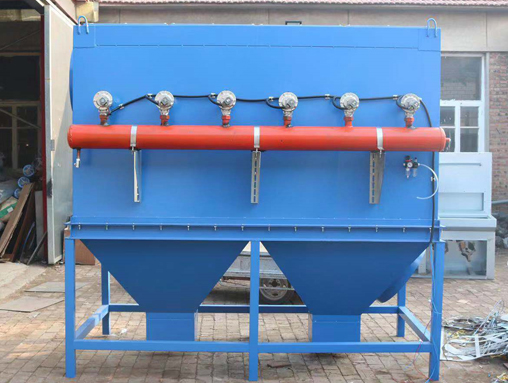Hot forming technology for stamping parts of high-strength steel plates for auto
1 Introduction
In order to reduce fuel consumption and emissions, high-strength steel stamping parts have been applied in vehicle body manufacturing. The use of high-strength steel can reduce the weight of parts and achieve vehicle lightweighting by reducing wall thickness. At the same time, its strength can improve vehicle collision resistance, meeting the requirements of lightweighting and improvement. Therefore, its application in automobiles is becoming increasingly widespread. However, with the increase of strength, the stamping performance of steel plates decreases. The higher the strength, the greater the difficulty of forming, especially when the strength exceeds 1000MPa. Some complex shaped parts can hardly be formed by conventional cold stamping processes. Hot forming technology is a specialized technique used for forming steel plate stamping parts, capable of forming stamping parts up to 1500MPa, and forming at high temperatures with almost no rebound. It has the advantages of good forming and formability, and has attracted widespread attention in the industry, becoming a popular technology in automotive manufacturing. At present, this technology is being developed and applied, and automobile companies such as General Motors, Ford, and Volkswagen in Germany are using this technology to manufacture stamped parts. However, the research and application of this technology in China is still in its infancy. Currently, a few domestic companies have invested heavily in introducing production lines for the production of hot stamping parts, but they do not yet have the independent capability of hot stamping related technology and equipment.
2. Principle of Hot Forming Process
Hot forming technology is different from traditional cold stamping forming process. Cold stamping forming is mostly carried out at room temperature, while in hot forming technology, the sheet metal is stamped and formed in a red hot state. The process is shown in Figure 1, that is, the boron alloy steel plate after cutting is first heated to 880-950 ℃ in a heating device to austenitize it, and then sent to a stamping die with internal cooling pipes for stamping forming. At the same time of forming, the steel plate is cooled and quenched on the surface of the die to undergo phase transformation, transforming austenite into martensite. As a result, the strength of the formed part is greatly improved. For example, the strength of boron alloy steel plate at room temperature before forming is 500-600MPa. After forming and cooling quenching, the strength of stamped parts can reach 1500MPa, an increase of more than 250% in strength.
In the hot forming process of high-strength steel stamping parts, heating, forming, and cooling are three very important steps that directly affect the transformation from austenite to martensite and the performance of the product. Therefore, the selection of process parameters for the three stages is crucial.
(1) The heating stage should achieve uniform austenitization of the sheet metal without grain growth. Therefore, a reasonable heating temperature and holding time should be adopted. Excessive heating temperature can lead to surface overburning and grain growth of the sheet metal, while the length of holding time affects the uniformity of austenitization. Long holding time can lead to grain growth, which in turn affects the mechanical properties of the formed part.
(2) In the forming stage, the sheet metal must be stamped and formed in the austenitic state, requiring a higher forming speed to instantly form the workpiece, in order to avoid excessive heat loss and rapid temperature drop caused by slow forming speed. Therefore, hydraulic presses that can achieve high-speed forming should be used in hot stamping processes.
(3) During the cooling stage, the formed parts are cooled and quenched on the surface of the mold, resulting in phase transformation from austenite to martensite. However, this phase transformation is related to the cooling rate. Only when the cooling rate exceeds a certain critical value can austenite transform into martensite. If the cooling rate is too low, other structures such as bainite will appear in the formed part, which affects the strength improvement of the formed part. Research has shown that the minimum cooling rate (critical cooling rate) required to achieve the transformation of austenite to martensite in hot stamping process is 27 ℃/s. Therefore, in the hot stamping process, in order to transform austenite to martensite, the cooling rate of the mold for the formed part is greater than this value, but it is not necessarily better to have a higher cooling rate. Excessive cooling rate will lead to cracking of the formed part.
In addition, due to the significant differences between hot forming technology and traditional stamping technology in many other aspects, such as the design methods of formed parts, mold design methods, and even process debugging methods, hot forming technology has its own side, which will have a great impact on the hot forming process and the quality of formed parts. In practice, directly using the methods and means in cold stamping technology cannot handle the related problems of hot forming well, but requires careful analysis and summary, and continuous exploration of the technical methods and measures of hot forming through experiments and other means.

